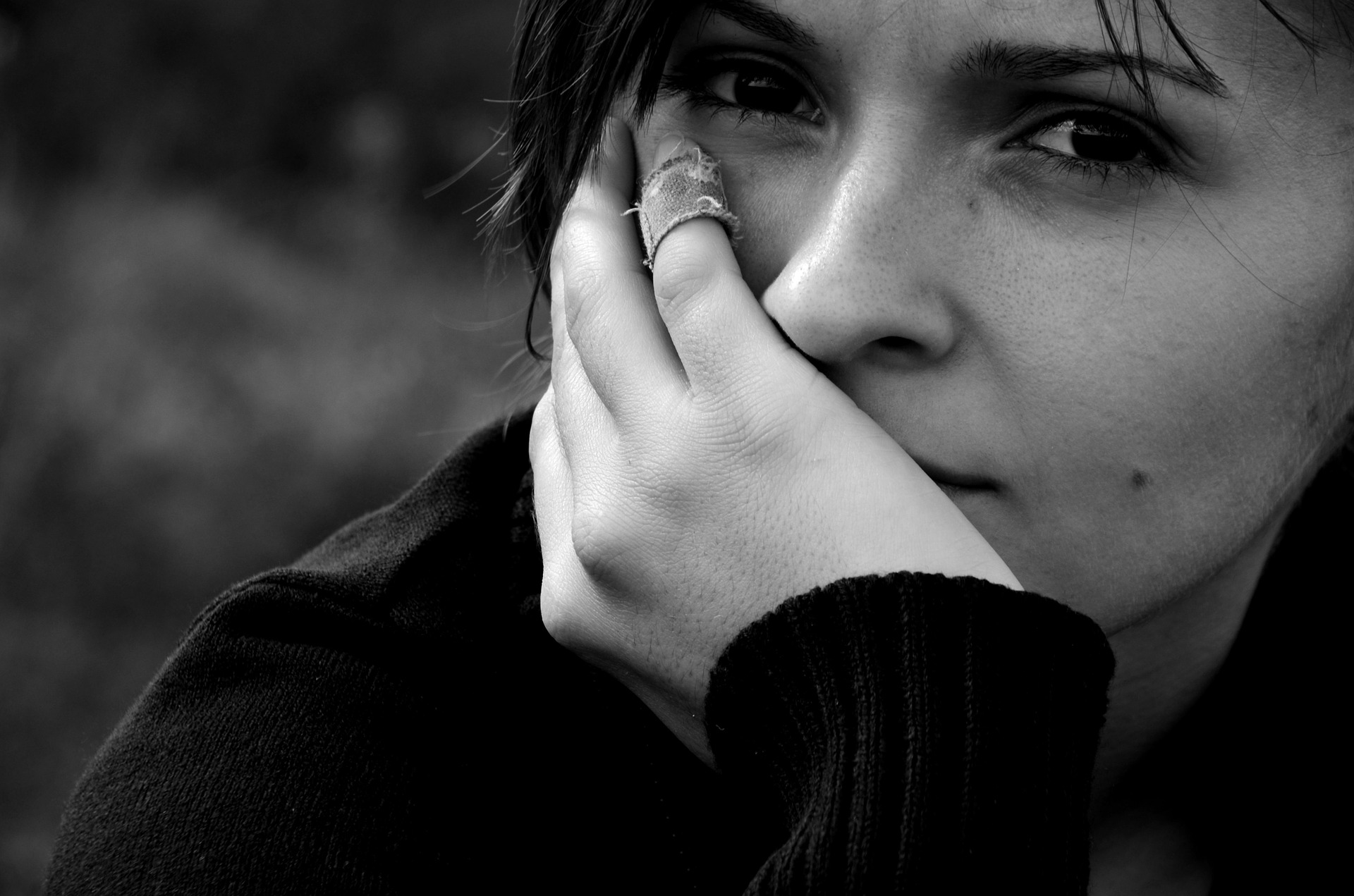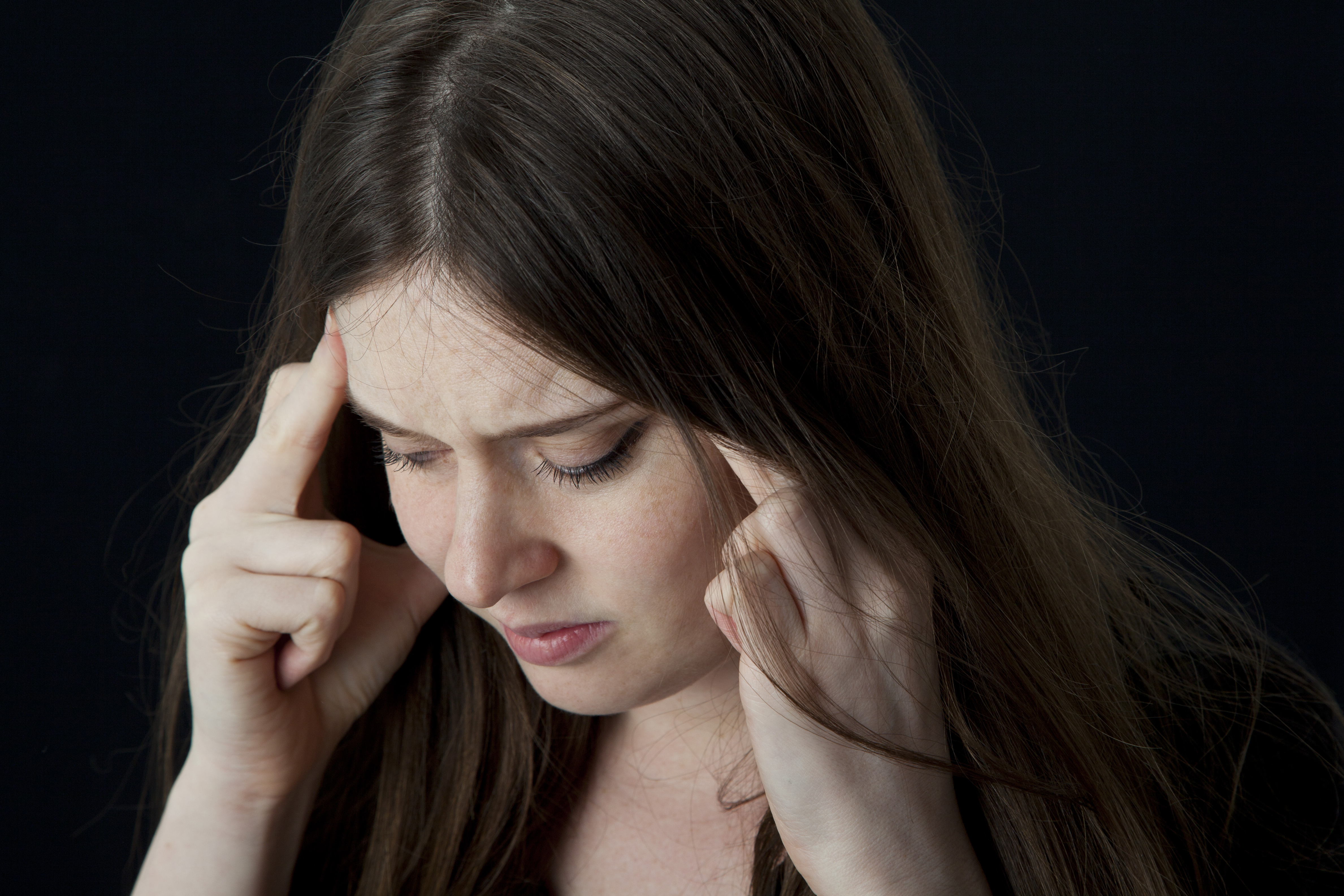Most people who think about opiates automatically think of heroin and fail to recognize the inherent dangers from opiates such as codeine, morphine, Oxycodone or the many other prescription opiates that are available both through pharmacies and on the streets. Opiate overdose happens to millions of people. In fact, overdosing on opiates is the second leading cause of death in the United States each year and one of the leading causes of emergency room admissions each year. Yes, opiate overdose can and will kill!
The absolute worst case scenario when opiates are consumed either orally or via injection is overdose. The risks of opiate overdose increase depending on the method in which the drug is used. Injecting opiates such as heroin or prescription pain pills can quickly lead to an overdose and may even result in death. These drugs are CNS depressants which cause the central nervous system to become labored. The heart rhythm slows and breathing is reduced sometimes to a point in which life is threatened.
If you or someone you love is at risk of opiate overdose, call 800-442-6158 Who Answers? now to find professional treatment help.
Opiate Overdose Causes
One of the leading causes of opiate overdose has to do with taking the drugs with other substances. Taking opiates or opioids with alcohol, benzodiazepines or other medications can quickly lead to fatal overdose. The risks of overdose are greatly increased when the drugs are taken with other substances because the additional drugs or alcohol can cause the symptoms of the overdose to be more pronounced and difficult to treat effectively hampering any ability for paramedics or doctors to reverse the effects that these drugs have on the central nervous system.
Taking opiates without a prescription can also cause an overdose much more quickly than if the drugs are prescribed. Likewise, taking too much of a prescribed, going against doctors’ orders and taking more than the recommended dose or taking doses too close together can also result in dangerous overdose. Many people believe that if a medication such as Oxycontin, Morphine or codeine is prescribed to them that there is no risk associated with taking the medication—unfortunately, opiates are highly dangerous drugs and if they are not taken exactly as prescribed there is an increased risk of overdose occurring.
Risks of Opiate Overdose
Opiate overdose can happen to anyone who takes opiates! Whether you are taking the medication as prescribed or you are a heroin user on the streets, there are always risks of opiate overdose if these drugs are being used. You or someone you know who takes opiates are at an increased risk of overdose if you:
- Take more of the drug that your doctors tells you to take
- Take the drug more often than the doctor tells you to take it
- Take opiates or opioids with other CNS depressants
- Take opiates or opioids with other substances such as alcohol or benzodiazepines
- Have a condition that makes you more susceptible to overdose (you and your doctor may not even know that you have such a condition until it’s already too late)
- Use heroin. Heroin is very dangers because there is no regulation so there is no way to know if you have taken a strong dose or a not so strong dose until the effects are already setting in.
Who is at Most Risk of Overdose?
There are certain groups who are at an increased risk of overdosing on opiates. These include those who are doctor shopping to get more drugs, those who use multiple prescription medications and those who live in lower income areas. This doesn’t mean that these are the only people who are at risk of overdosing on opiates, only that these are the people who are most likely to be at an even greater risk of opiate related overdose.
Some areas have higher death rates associated with overdose than others. For instance, the CDC states that the southwest area of the United States is where the most drug related overdoses tend to end in fatality. In fact, New Mexico and West Virginia are said to have the highest death rates as a result of overdose. The rates in these two states are 5 times higher than the death rates in states with the lowest risk such as Nebraska.
Where do People get Opiates?
Those who abuse prescription medications as well as other dangerous opiates such as heroin get the drugs from various means and methods. Studies show that more than half of the opiates that users take are obtained from a friend or relative at absolutely no cost. Many others are obtained through a legitimate prescription from a single doctor. Still nearly 30% of opiates are obtained either from a street drug dealer or stranger, bought from a friend or family member, stolen from a friend or family member or obtained in some other manner. This just goes to show that many of the opiates that are causing overdose related deaths are being obtained from a friend or relative and in most cases for free.
Overdose Symptoms

The inability to stay awake is a sign of opiate overdose.
The symptoms associated with an overdose are sometimes difficult to spot mainly because the overdose will begin looking much like the “high” associated with taking the drug. The user may begin to nod or show signs of sleepiness, breathing may slow and there may be a state of confusion. Unfortunately, these are the same symptoms that appear when any opiates are used to get high so it can be difficult to know if the users is just intoxicated or intoxicated to the point in which there is a danger.
Pay close attention to these possible signs of overdose:
- Labored breathing or any signs that breathing has become difficult
- Slowed respiration of less than 12 breaths during a minute
- Confused state that doesn’t improve
- Drowsiness and an inability to stay awake even when making an attempt to stay alert
- Asking to be left alone or to be able to “just go to sleep”
- Mood swings such as extreme happiness followed by extreme sadness
- Vomiting
- Very slow movement or not moving at all
- Extreme nausea
What Should I do if I See an Overdose?
Many states have introduced laws that make it safe for you to call 911 and report an opiate overdose without risk of being arrested. Even if your state has not introduced such a law, calling for help is the best chance at getting the individual proper treatment for the potential overdose before it’s too late. The risk of being arrested or being implicated in a crime as a result of someone overdosing while you are around should never be reason to simply let the overdose happen and risk losing a person’s life.
Some states have now instilled opiate overdose prevention methods to help those who are involved with an individual who is at risk of overdosing on opiates.
Prevention programs often focus on:
- Educating the community on the dangers of opiate overdose
- Educating the community on the symptoms of overdose
- Educating on the importance of seeking immediate medical attention if an opiate overdose is suspected
- Improving communication and reducing barriers to contacting emergency services by incorporating laws such as Good Samaritan Law of New York which allows individuals to call 911 for help without fear of criminal charges
- Providing education and ease of access to Naloxone for those who could be involved with someone who is at risk of overdosing on opiates. Naloxone is a prescription medication that can reverse opiate overdose by blocking the drug from the brain for a period of up to 90 minutes.
Remember, fear of criminal prosecution should never keep you from calling 911 if you think an individual could be overdosing on opiates—you call could save a life!
Opiate Overdose Statistics
According to the Journal of the American Medical Association, opioids such as Oxycontin and other prescription medications contribute to 75% of all medication overdose deaths. Additionally, prescription drugs are the leading cause of overdose deaths even surpassing the number of deaths associated with illicit street drugs.
Additional statistics regarding opiate overdose:
- Men are more likely to die as a result of overdose than women are
- Young adults are more likely to abuse opiates and be admitted to the emergency room for overdose
- Opiate overdose is usually accidental
- 60% of all overdose deaths pertain to opiates or opioids
- 3 out of 4 overdose deaths that result from taking medication involve opiates or opioids
- Nearly half of those who die as a result of opiate overdose have a medical history of being treated for pain
Overdose Prevention
Many official and some unconventional ways are being tried out to aid in the prevention of opiate overdose or at least to prevent the risk of death associated with opiate overdose. An epidemic in heroin use, opiate use, prescription painkiller use and the subsequent rise in fatalities as a result of overdose has led to an increase in the number of ways and options that are being introduced to help reduce the risk of fatal opiate overdose.
One of the ways that fatal overdoses are being prevented on the state level is through legislation that makes it safe for people to call for help. Many states, such as New York & Florida have now implemented law that eliminates the ability for law enforcement to press criminal charges on an individual who calls for help in the case of overdose.
Another way that overdose is being prevented is by administering Naloxone to people in the community who could come into contact with an individual who is likely to overdose. Not all communities are open to the administration of Naloxone without a prescription or by non-medical personnel but many have integrated educational programs and the administration of this medication to help combat opiate overdoses. Those that have are reporting improvements in the total number of deaths and as a result, many more communities are now becoming more open to the idea.
Educational programs are always at the forefront of helping to prevent overdose. These programs range from simply informing users of the dangers of overdose to providing education to those who do not use drugs but who many know someone who is at risk. Even a little knowledge can go a long way when it comes to helping people avoid the potential dangers or risks of death associated with an overdose on prescription pain medications, opioids, heroin or other drugs.
Opiate Overdose Treatment
Overdose treatment takes various approaches but most often includes:
- Supportive ventilation
- Naloxone administration
Supportive Ventilation
Because the primary risk for those who overdose on opiates is to have difficulty breathing and for the respiratory system to shut down, a primary method of treatment for overdose that is used in hospitals is the use of supportive ventilation. Patients are ventilated with 100% oxygen to reduce the lack of oxygen that is administered to the brain and to provide for improved breathing. This is usually done prior to the administration of Naloxone if performed in a medical setting but may or may not be performed if the overdose is treated at home.
Naloxone Administration
Naloxone can be administered in some cases at home while waiting for emergency response to arrive. Administering Naloxone either through injection or through the home nasal mist can reduce the symptoms of overdose and prevent a fatal outcome. Naloxone can be given every 2-3 minutes to help patients return to spontaneous respirations. Naloxone only lasts 30-90 minutes so it may have to be administered multiple times in order to ward off an overdose from certain longer acting opiates.
Help for Opiate Overdose
However, if you think that you may know someone who is at risk of opiate overdose, there is help. You may live in a community where Naloxone is available for the friends, family members or loved ones of those who regularly abuse opiates. Talk with local medical professionals or a community director to find out if you live in an area where Naloxone is administered in such a manner. If you don’t live in an area that uses this method of overdose prevention, your best chance at helping an individual who may overdose is to help them make the decision to get treatment.
If treatment is avoided consistently, you may want to educate yourself of the symptoms of overdose so that you know when to call 911 for help. Your state may have a legal provision that protects you as a 911 caller regardless of the scenario or the outcome of the call. Either way, don’t ever let fear of calling for help prevent you from seeking prompt medical attention for someone in need. Remember, you could safe a person’s life! Call 800-442-6158 Who Answers? for more information about opiate overdose treatment options.













